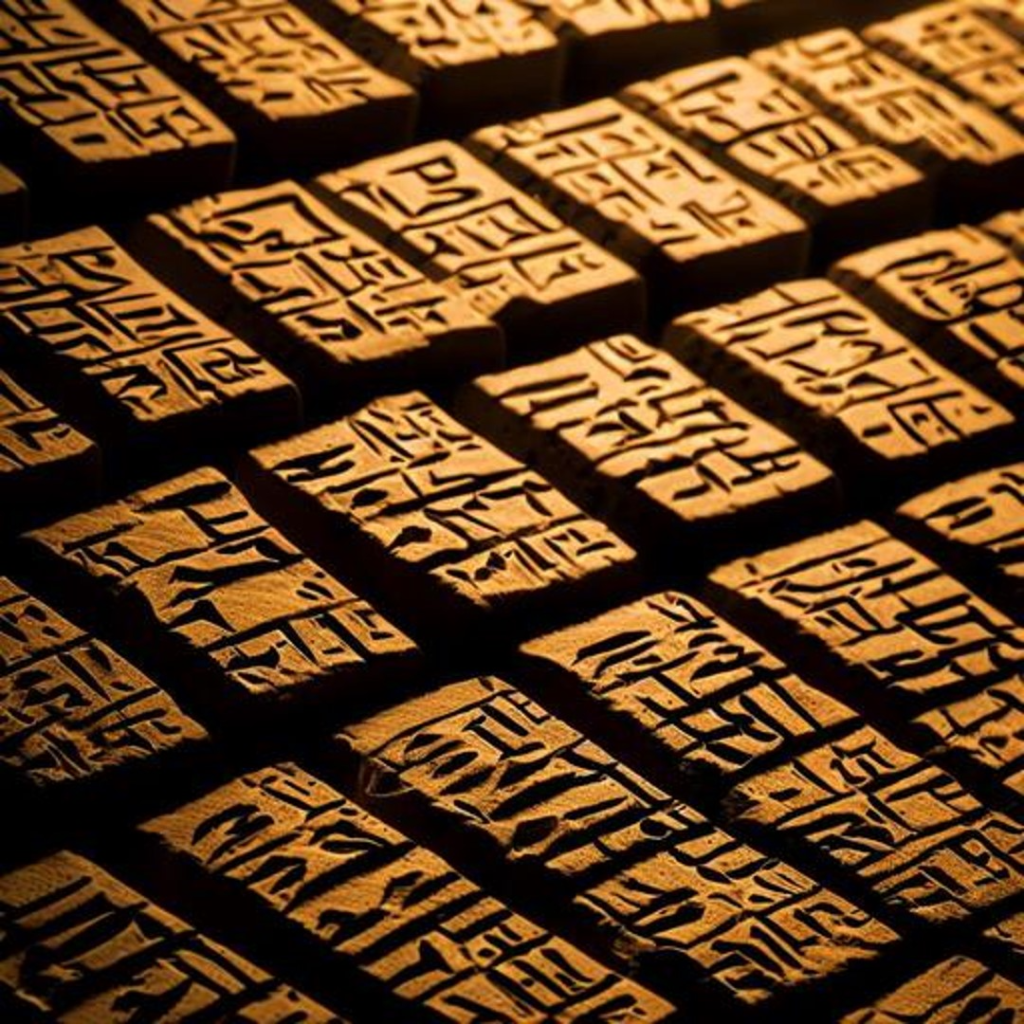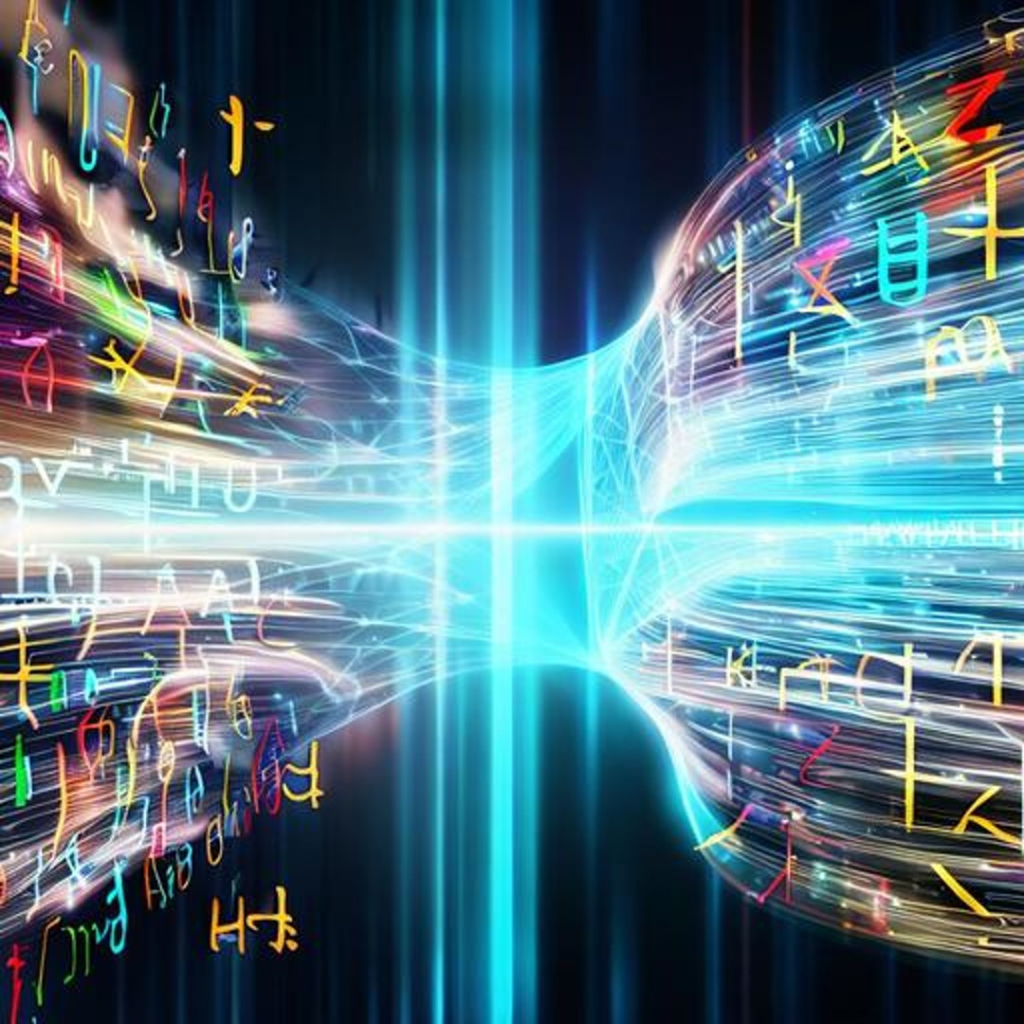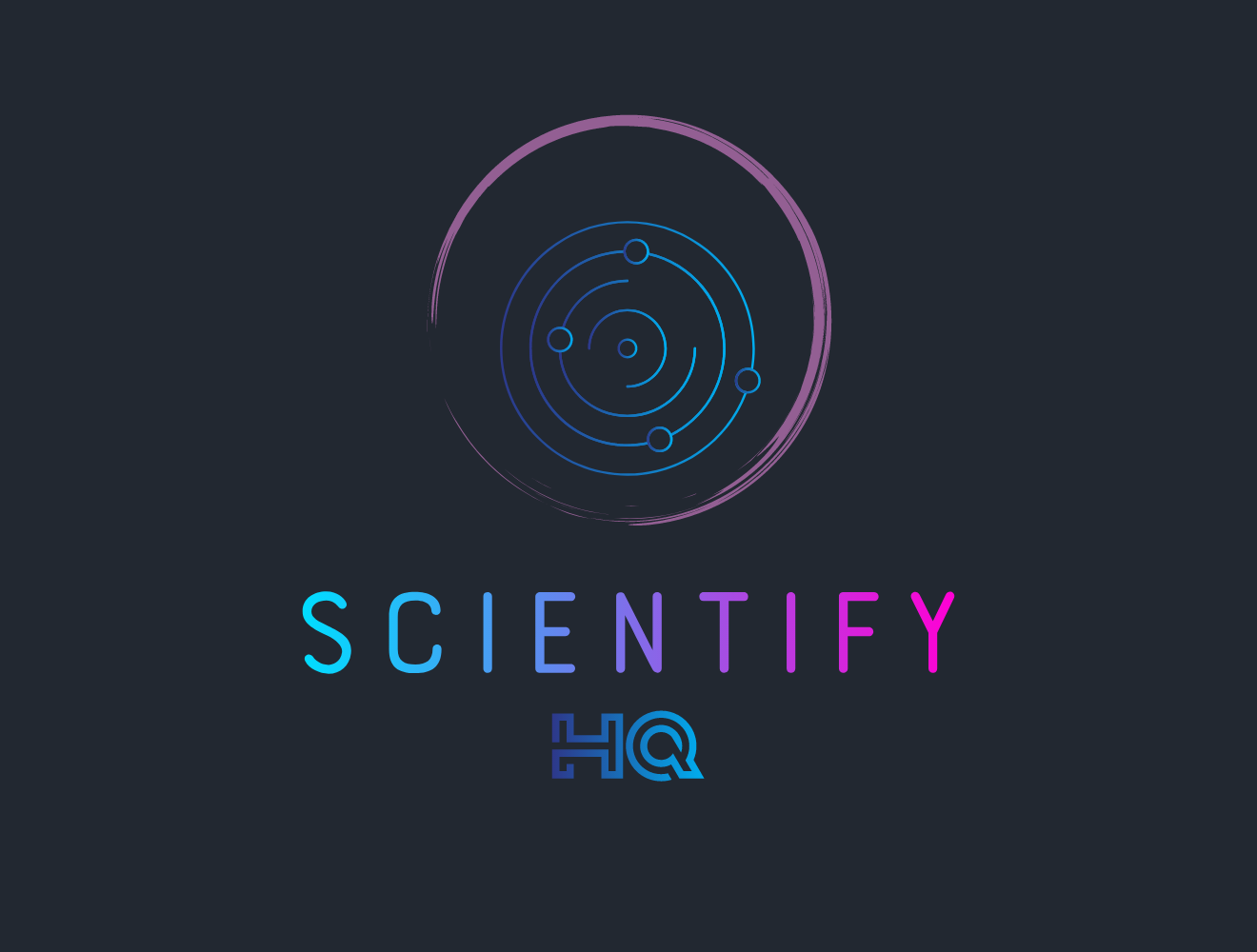For centuries, the study of ancient languages has been a complex and time-consuming task. Historically, experts in the fields of linguistics and history have been responsible for deciphering ancient languages, but advances in technology have allowed us to develop AI models that can assist in the process.

AI Translations of Akkadian Texts in Cuneiform
Recently, Israeli researchers at the Universities of Tel Aviv and Ariel University have developed an AI model that can accurately translate Akkadian texts written in cuneiform into English. The model uses machine learning algorithms to recognize patterns and correlations within the data and can produce translations that are on par with those produced by human experts.
This new technology has the potential to revolutionize the study of ancient history, making it more accessible and open to a wider audience. Hundreds of thousands of clay tablets written in cuneiform have been found by archaeologists in the ancient Mesopotamia, but only a limited number of experts can read them. With the use of AI models, we can now transcribe and translate these texts faster and with greater accuracy.
AI’s Ability to Transcribe and Analyze Lost Languages
AI’s capabilities extend far beyond translation alone. Harvard University researchers have made significant strides in the field by developing an AI model capable of transcribing and analyzing lost languages, including Linear B, which was utilized by the Mycenaean Greeks more than 3,000 years ago. By employing machine learning algorithms, this AI model examines the intricate patterns and interconnections between characters within the text, effortlessly transcribing them into a digital format.
The advantages of incorporating AI into the study of ancient languages are manifold. With expedited and more precise transcription and translation processes, researchers can delve deeper into our past and gain a richer comprehension of our civilization’s history. These advancements possess the potential to unveil fresh information and interpretations concealed within ancient texts, thereby providing us with a more profound understanding of our cultural heritage.

The integration of artificial intelligence into the study of ancient languages holds tremendous promise in reshaping our perception of history. Through the utilization of AI models, we can transcribe and translate ancient texts swiftly and with heightened accuracy, unearthing novel insights into our cultural legacy. As AI technology progresses further, we anticipate witnessing even more groundbreaking discoveries within the realm of ancient language studies, ultimately enabling us to forge an enhanced understanding of our past.
How AI Transforms the Study of Ancient Languages
When we compare the traditional methods of studying ancient languages with the remarkable advancements brought by AI, the benefits and transformative power of AI become clear. AI technology revolutionizes the process of deciphering and understanding ancient languages, offering unprecedented opportunities for researchers and historians.
In the past, deciphering ancient languages relied heavily on the expertise of linguists and historians who dedicated painstaking efforts to analyze texts, relying on their extensive knowledge and experience. However, this process was laborious, time-consuming, and limited by human capacity. With the advent of AI, everything has changed dramatically.
AI models possess the remarkable ability to swiftly analyze vast amounts of ancient texts and identify intricate patterns and correlations that might elude human observers. By employing machine learning algorithms, AI systems can efficiently recognize and interpret complex linguistic structures, syntactic patterns, and subtle nuances hidden within ancient writings. This accelerated deciphering process empowers researchers to cover more ground, explore larger datasets, and gain insights at an unprecedented pace.
Furthermore, AI significantly enhances the accuracy of translations. While human experts can occasionally make errors or face challenges in subjective interpretations, AI models, trained on comprehensive datasets, offer consistent and reliable results. By harnessing the power of AI, researchers gain access to precise and standardized translations, reducing the potential for misinterpretation and ambiguity.
AI also opens up new realms of exploration in the study of ancient languages. It enables researchers to venture into uncharted territories, unraveling hidden connections that were once beyond reach due to limitations in time and resources. AI systems can process and analyze a vast number of ancient writings simultaneously, detecting patterns that transcend individual texts, regions, or time periods. This cross-referencing and comparative analysis unveil invaluable insights into linguistic evolution, cultural exchange, and the historical context surrounding ancient civilizations.
Moreover, AI assists in the reconstruction of fragmented or damaged texts. With sophisticated algorithms, AI can fill in the gaps, predict missing characters or words, and reconstruct the overall meaning of texts, even when parts are missing or illegible. This remarkable capability expands the boundaries of our understanding and enriches our knowledge about ancient civilizations.
While traditional methods retain their value and human expertise remains indispensable, the integration of AI into the study of ancient languages represents a paradigm shift. It combines the strengths of human expertise with the computational power of AI, enabling researchers to make groundbreaking discoveries and gain fresh perspectives that were once beyond reach.
In conclusion, the comparative analysis of traditional methods and AI in the study of ancient languages showcases the immense benefits and advancements that AI brings to the forefront. It expedites the deciphering process, enhances the accuracy of translations, and unlocks exciting new possibilities for exploration and comprehension. As AI continues to evolve and researchers harness its potential, we can anticipate even more profound discoveries that will reshape our understanding of ancient civilizations and their languages.
